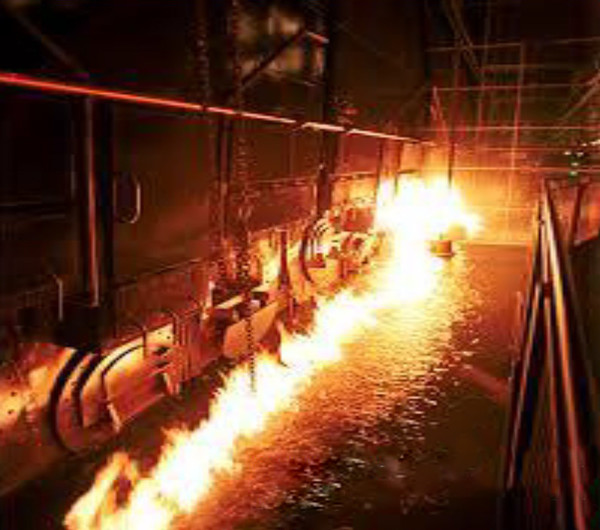The engine room is the powerhouse of a ship, housing the main engine, generators, boilers, and other critical systems essential for propulsion and operations at sea. Its smooth functioning is imperative for the ship’s navigation, safety, and energy efficiency.
Emergencies in the engine room, such as fires, pose significant risks due to the presence of flammable materials and high temperatures. Quick detection and response are crucial to contain such incidents. Engine room personnel must be well-trained in emergency protocols, including the use of firefighting equipment and systems, to ensure the safety of the vessel and crew.

The engine room is the heart of a ship’s operational capability, but it is also one of the most fire-prone areas due to the high concentration of fuel, lubricants, and electrical circuits. Understanding how to prevent, detect, and combat engine room fires is a vital part of training for marine engineers.
Prevention is Key
- Routine Maintenance: Regular inspections and maintenance of machinery can prevent overheating and friction—common fire sources.
- Fuel and Oil Handling: Ensure all fuel and oil lines are intact and leakage-free. Regularly check connections and seals.
- Cleanliness: Keep the engine room free from oil spillage and clutter that can exacerbate a fire situation.
Early Detection
- Smoke Detectors and Alarms: Ensure smoke detectors are functional and that you are familiar with the sound of the alarm and the immediate actions required.
- Fire Patrols: Regular patrols in the engine room can lead to early detection of any fire hazards.
- Thermal Imaging: Use of thermal imaging can help in detecting hot spots before they develop into a fire.
Combating Engine Room Fires
- Firefighting Equipment: Know the location and proper use of firefighting equipment such as CO2 systems, foam extinguishers, and fire blankets.
- Emergency Protocols: Be well-versed in the ship’s emergency protocols and muster lists.
- Isolation: If a fire breaks out, immediately cut off fuel and ventilation to the area to inhibit the fire’s growth.
- Teamwork and Drills: Conduct regular firefighting drills to ensure that the engine team can respond effectively and in a coordinated manner.
Aftermath
- Damage Assessment: Once the fire is extinguished, assess the damage and carry out necessary repairs before restarting any machinery.
- Investigation and Reporting: Investigate the incident thoroughly to understand the cause and prevent future occurrences. Report findings as per maritime regulations.
Training and Awareness
- Firefighting Courses: Regularly participate in firefighting courses to stay updated on the latest techniques and equipment.
- Knowledge Sharing: Share lessons learned from fire incidents and drills to improve the team’s overall response capability.
For junior engineers and crews,cadets, and engineering students, understanding fire safety in the engine room is not just about compliance but ensuring the safety of the crew, vessel, and environment. A proactive stance on fire safety can mean the difference between a minor incident and a major catastrophe.

